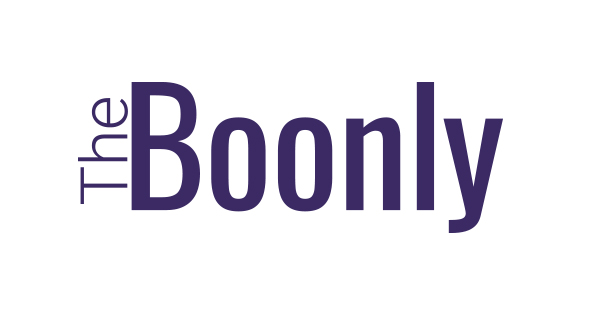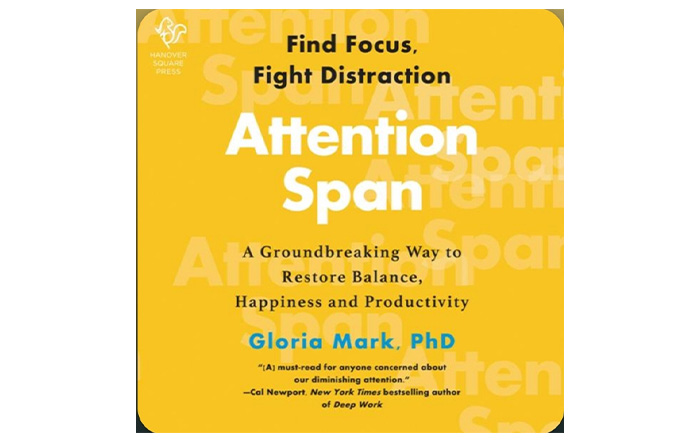Where to find this idea:
Attention Span: A Groundbreaking Way to Restore Balance, Happiness and Productivity by Gloria Mark
In her book, Attention Span, Doctor Gloria Mark states that the average screen attention span in 2012 was 75 seconds. Between 2016 and 2020, it dropped to 47 seconds.
Is this a bad thing? Yes — we make more errors, need more time to finish tasks and feel more stress. But are there myths surrounding attention and our relationship with our devices? Yes again.
Today we want to talk about 4 attention myths that Dr. Mark has discovered through her research using the living laboratory method — practically observing people in their “natural habitats.”
Myth 1: We should try to be as focused as possible
As you can see above, even in 2012, when social media didn’t dominate our lives, the average attention span was 75 seconds. This simply means that focusing for long periods of time is not natural for most people. We can’t stay focused for too long because our cognitive resources are limited.
What’s more important, our attention follows rhythms, and every person has their own focus rhythm. We usually experience these 4 types of attention, often in a single day:
- Focused attention — when we’re engaged and challenged (e.g. learning a new skill).
- Rote attention — when we’re engaged, but not challenged (e.g. watching Netflix).
- Frustration — when we’re challenged, but not engaged (e.g. having technical issues that we don’t know how to solve).
- Boredom — when we’re neither engaged nor challenged (feel free to give your own example).
Myth 2: The flow is the ideal state we should strive for
Flow is a state when we are so caught up in an activity that we lose touch with the world and time. But the flow is rare in everyday life and depends on the nature of a job/task. For example, it is not so hard to enter the flow state while doing crafts, sports or arts. But if you are a knowledge worker sitting in front of a computer and dealing with analytical thinking, then you’ll rarely reach the state of flow, and that’s just a normal thing.
Myth 3: All distractions come from our devices
Notifications, emails and social media are not solely responsible for our short attention span. While they undoubtedly have a big impact on it, there are other reasons. Some people are just better at self-regulating, sometimes internal triggers like emotions and anxiety can make us less focused, and sometimes the nature of a task doesn’t allow for long periods of focus.
Myth 4: Mindless activities have no value and are a waste of time
Mindless activities done in moderation and used strategically can actually benefit us.
We can use them to relax and give our brains something else to do. If people have limited attentional resources, sometimes it makes sense to pull away. Of course it’s better to go for a walk than to scroll on your phone when taking a break, but that’s not always an option.
To avoid getting stuck in an attention trap, try to be intentional. Set a timer for your mindless activities. Ask if this activity is of value to you and how much you want to spend on it. And sometimes use a forethought technique — imagine how you’ll feel and where you’ll be at the end of your day if you choose to spend an hour scrolling on Instagram now.

